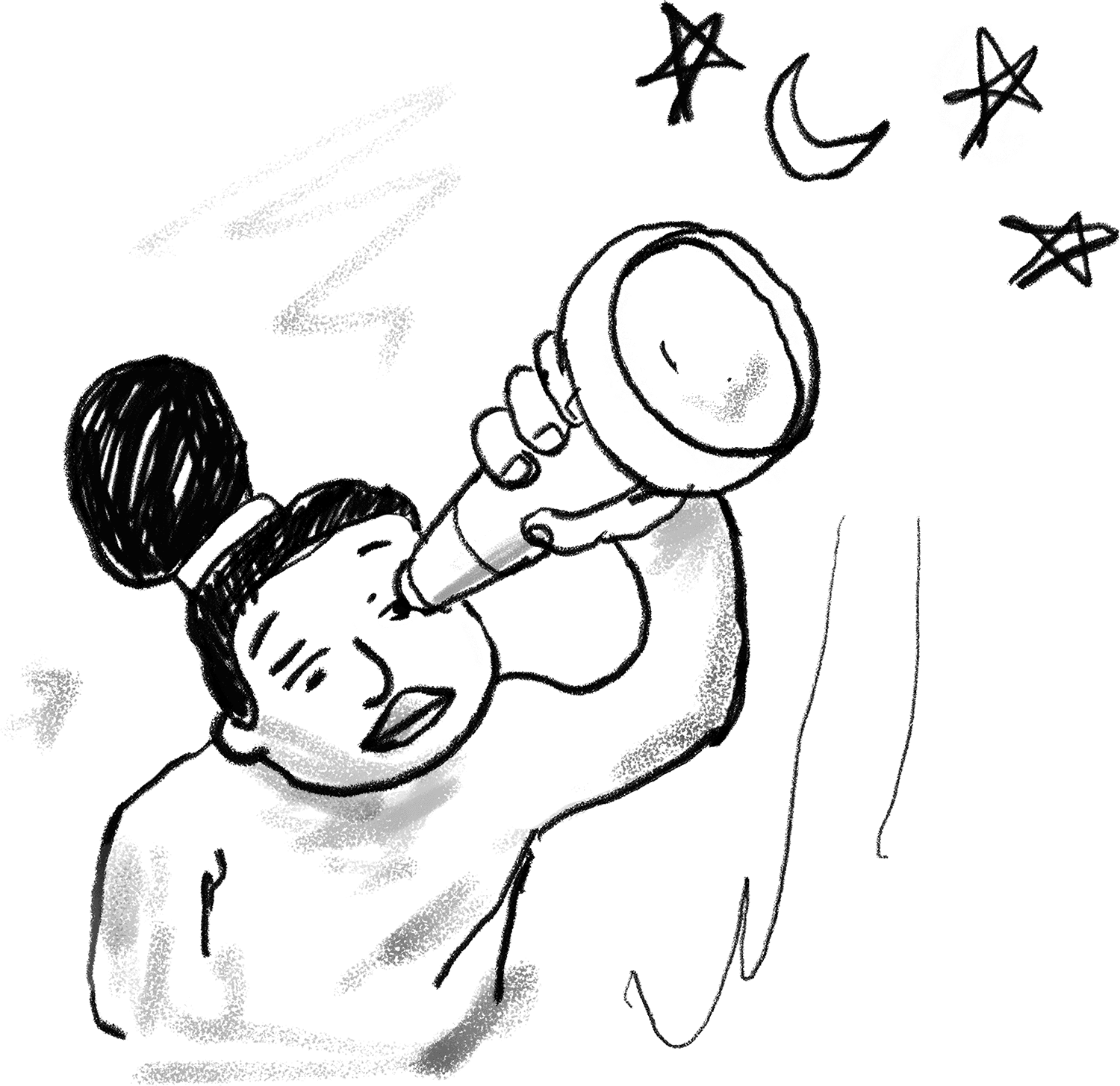Are you spending valuable time writing progress notes after your therapy sessions? If you're like most mental health professionals, documentation might be consuming hours of your week – time that could be better spent with clients or maintaining work-life balance. As mental health providers seek more efficient documentation methods, AI-powered GIRP note generators are transforming therapy documentation. Let's explore how modern technology is revolutionizing the way mental health professionals handle their clinical notes.
Understanding GIRP Notes
Before diving into the technology, let's review what makes GIRP notes essential for mental health documentation. GIRP notes consist of four key components that work together to create a comprehensive picture of client progress and therapeutic intervention.
Goals
The goals component captures both immediate session objectives and longer-term therapeutic aims. For example, a client struggling with anxiety might have an immediate goal of learning two grounding techniques, while their long-term goal focuses on returning to social situations without panic attacks.
Intervention
This section details the specific therapeutic techniques and strategies employed during the session. It goes beyond simply stating what was done to include the therapeutic rationale behind chosen interventions.
Response
The response section documents how the client engaged with and responded to the interventions. This includes both verbal and non-verbal responses, providing valuable insight into treatment effectiveness.
Plan
The plan component outlines next steps, homework assignments, and future session objectives, creating a clear roadmap for ongoing treatment.
Automate Your GIRP Notes in Minutes
Supanote creates structured, HIPAA-compliant GIRP notes—so you can stop spending 20+ minutes writing after every session
Try it Free Today!
Evolution from Traditional Note Templates to AI Solutions
Traditional GIRP note templates have long been used by mental health professionals to track treatment plans and document client behavior. While these templates provide structure, writing detailed therapy notes still consumes significant time – often 10-15 minutes per session. For a therapist seeing 6-8 clients daily, this can amount to nearly two hours of documentation time.
The shift to AI-powered solutions addresses several common challenges:
- Time constraints between sessions
- Documentation backlogs
- Ensuring consistent quality across notes
- Meeting insurance requirements
- Maintaining HIPAA compliance
GIRP Note Template Structure
A well-designed GIRP note template ensures comprehensive session documentation while maintaining efficiency and professional standards. Here's a detailed breakdown of each section:
Goals Section Template
The goals section should include:
- Primary presenting concerns
- Client's stated objectives for therapy
- Short-term goals (achievable within 1-3 sessions)
- Long-term goals (overall treatment objectives)
- Specific, measurable targets
- Any changes or adjustments to previous goals
Example Goal Documentation: "Client aims to reduce panic attacks from 3x weekly to 1x weekly within two months through implementation of learned coping strategies. Short-term goal: Master two grounding techniques by next session."
Intervention Section Template
Document your therapeutic approaches:
- Specific techniques employed
- Duration of each intervention
- Theoretical orientation applied
- Skills taught or practiced
- Resources provided
- Educational components covered
Example Intervention Documentation: "Introduced and practiced 5-4-3-2-1 grounding technique for 15 minutes. Provided psychoeducation about anxiety-panic cycle using CBT framework. Guided client through progressive muscle relaxation exercise."
Response Section Template
Capture client engagement and outcomes:
- Verbal responses to interventions
- Observed behavioral changes
- Level of participation
- Emotional state during session
- Progress toward stated goals
- Areas of resistance or difficulty
Example Response Documentation: "Client demonstrated active engagement in grounding exercises, successfully completing three practice rounds. Reported feeling 'more centered' after progressive muscle relaxation. Expressed initial skepticism about homework but agreed to try after discussing benefits."
Plan Section Template
Outline next steps clearly:
- Next session date/time
- Homework assignments
- Referrals or consultations needed
- Crisis planning if applicable
- Focus areas for next session
- Resources to be provided
Example Plan Documentation: "Next session scheduled for 7/14/24 at 2 PM. Homework: Practice grounding technique 2x daily and log effectiveness. Will focus next session on reviewing homework and introducing cognitive restructuring techniques."
How AI GIRP Note Generators Work
Modern GIRP note generation has evolved into a sophisticated process that combines natural language processing with clinical expertise. Here's a detailed look at how it works:
1. Session Input Methods
Choose your preferred documentation approach:
- Real-time session transcription
- Post-session voice dictation
- Written summary input
- Session recording upload
- Direct typing with AI assistance
2. AI Processing and Analysis
The system automatically:
- Identifies key therapeutic themes
- Extracts relevant goals and interventions
- Analyzes client responses
- Recognizes treatment patterns
- Suggests appropriate follow-up plans
3. Note Generation and Customization
The AI creates structured notes that:
- Follow professional documentation standards
- Include all required GIRP components
- Maintain appropriate clinical language
- Allow for easy editing and customization
- Support template modifications
Time and Cost Benefits
Detailed Time Analysis
Traditional Documentation:
- Writing progress notes: 10-15 min/session
- Template formatting: 2-3 min/session
- Review and editing: 3-5 min/session
- Total per session: 15-23 minutes
AI-Generated Notes:
- Initial input: 1-2 min/session
- Review and customization: 1-3 min/session
- Final approval: 30 sec/session
- Total per session: 2.5-5.5 minutes
Cost-Benefit Analysis
Monthly Impact (based on 80 sessions):
- Time saved: 16-23 hours
- Additional client capacity: 8-10 sessions
- Potential revenue increase: $1,200-$1,500
- Software investment: $25-50/month
- Net benefit: Significant ROI through time savings and increased capacity
Security and Professional Standards
Modern GIRP note generators maintain rigorous security protocols:
HIPAA Compliance
- Encrypted data transmission
- Secure cloud storage
- Access control protocols
- Audit trail capabilities
- Regular security updates
Clinical Standards
- Insurance-ready documentation
- Evidence-based terminology
- Professional formatting
- Quality assurance checks
- Compliance monitoring
Implementing AI GIRP Notes in Your Practice
Getting started is straightforward:
Select Your Platform
- Compare available options
- Review security features
- Check insurance compatibility
- Assess customization capabilities
Initial Setup
- Configure your account
- Customize templates
- Set up user preferences
- Import existing templates if needed
Team Training
- Learn basic functions
- Practice with sample cases
- Understand customization options
- Review security protocols
Integration
- Connect with existing systems
- Establish workflows
- Set up backup procedures
- Create quality control processes
Transform Your Clinical Documentation
AI-powered GIRP note generators represent the future of mental health documentation, offering:
- Significant time savings
- Improved note quality
- Consistent formatting
- Enhanced compliance
- Better work-life balance
By embracing these modern documentation solutions, mental health professionals can focus more on what matters most – providing quality care to their clients. The technology continues to evolve, offering increasingly sophisticated features while maintaining the personal touch that's essential in mental health care.
Ready to transform your documentation process? Start your free trial today and experience the future of clinical note-taking.
Ready to try? 10 notes on us!
Login to your Supanote account and instantly access 10 free notes
Get It Now!
FAQ's
Q: What is a GIRP note and how is it different from other therapy note formats?
A: GIRP stands for Goals, Intervention, Response, and Plan. It’s a structured way to document therapy sessions. Compared to formats like SOAP or DAP, GIRP puts more emphasis on goal-setting and tracking how clients respond to interventions, making it ideal for monitoring progress over time.
Q: How can a GIRP note generator help me save time?
A: An AI GIRP note generator can reduce your documentation time from 15–20 minutes per session to just 3–5 minutes. It auto-generates structured notes based on your input, so you no longer start from scratch every time.
Q: Is using an AI GIRP note generator HIPAA-compliant?
A: Yes. Most AI note generators, like Supanote, are HIPAA-compliant. They use encryption, secure cloud storage, and access controls to protect client data and ensure compliance with healthcare regulations.
Q: What input options do I have for generating notes?
A: You can enter session details in multiple ways:
- Real-time transcription
- Voice dictation after sessions
- Written summaries
- Uploading session recordings
- Typing directly with AI assistance
Q: Will I still have control over what's written in the note?
A: Absolutely. The AI provides a draft, but you can review, edit, and customize every part of the note. It’s your clinical voice—the AI just helps you get started faster.
Q: Can this be used for insurance documentation?
A: Yes. AI-generated GIRP notes are designed to meet insurance documentation standards. They include clinical language, proper structure, and formatting that are audit- and billing-ready.
Q: What if my client’s response is complex or unexpected—can the AI capture that?
A: The AI can recognize general patterns and responses, but you can always edit or expand the note to capture unique details. It’s flexible and built to adapt to your needs.
Q: Does it work for both individual and group therapy sessions?
A: Yes. You can use AI GIRP note generators for individual, couples, or group therapy by choosing the appropriate template or adjusting your session input.
Q: How much does a GIRP note generator cost?
A: Most platforms cost between $25–50/month. Many offer free trials (like Supanote’s 10 free notes) so you can try it before subscribing.
Q: Can I import my existing GIRP templates or notes?
A: Yes. Most tools allow you to upload and customize your existing note templates. This helps maintain consistency while benefiting from AI efficiency.
Q: I see 6–8 clients daily. Will this actually help?
A: Definitely. If you’re currently spending 2+ hours a day on notes, switching to AI can reduce that to 30–45 minutes—saving time and preventing burnout.
Q: What devices or browsers do I need to use it?
A: Most GIRP note generators are web-based and work with major browsers like Chrome, Safari, and Edge. Some also support mobile input for quick note reviews or dictation.
Q: How do I start using one?
A: Just sign up for an account, select or customize your GIRP template, and start entering session details. Platforms often provide walkthroughs and support to help you get started.
Q: Will AI-generated notes sound robotic or generic?
A: No. High-quality generators like Supanote use clinical language that sounds natural and professional. You can also tweak the wording to match your own style.
Q: Can I use this even if I’m not tech-savvy?
A: Yes. These tools are built with simplicity in mind. Even if you’re not comfortable with tech, you can learn the basics in a single session.
Q: What’s the biggest benefit beyond saving time?
A: Consistency. You’ll have thorough, well-structured notes across clients, which improves documentation quality, supports audits, and helps track progress more effectively.
